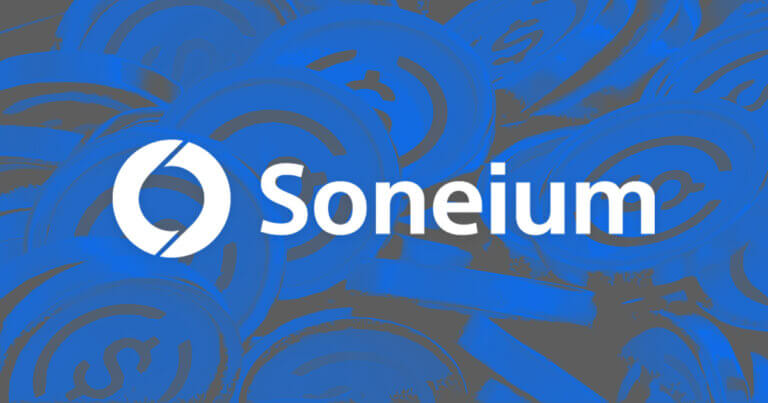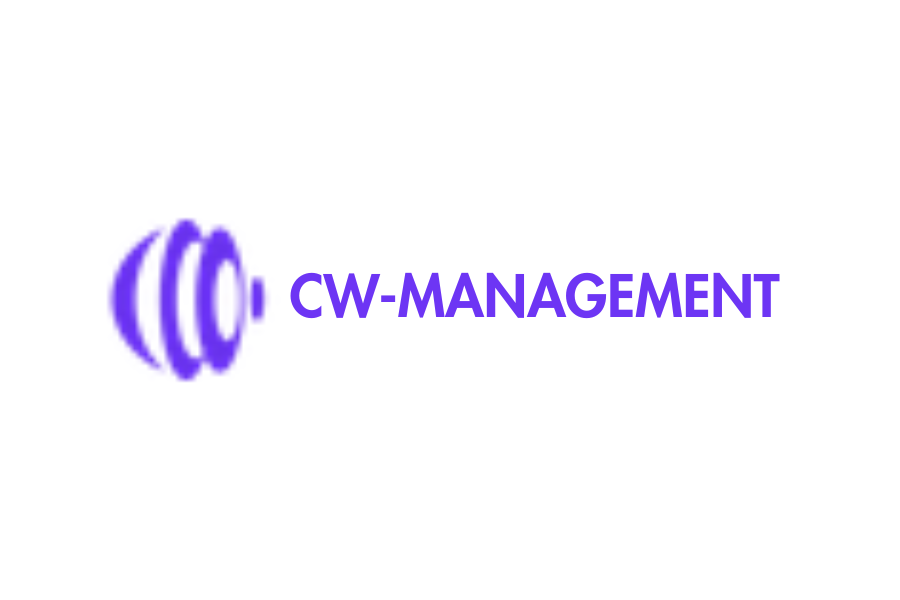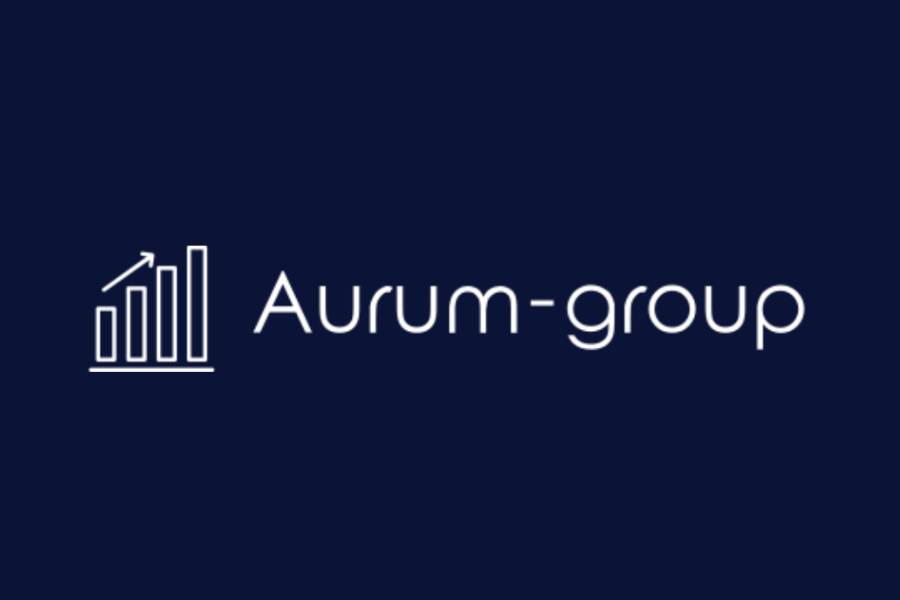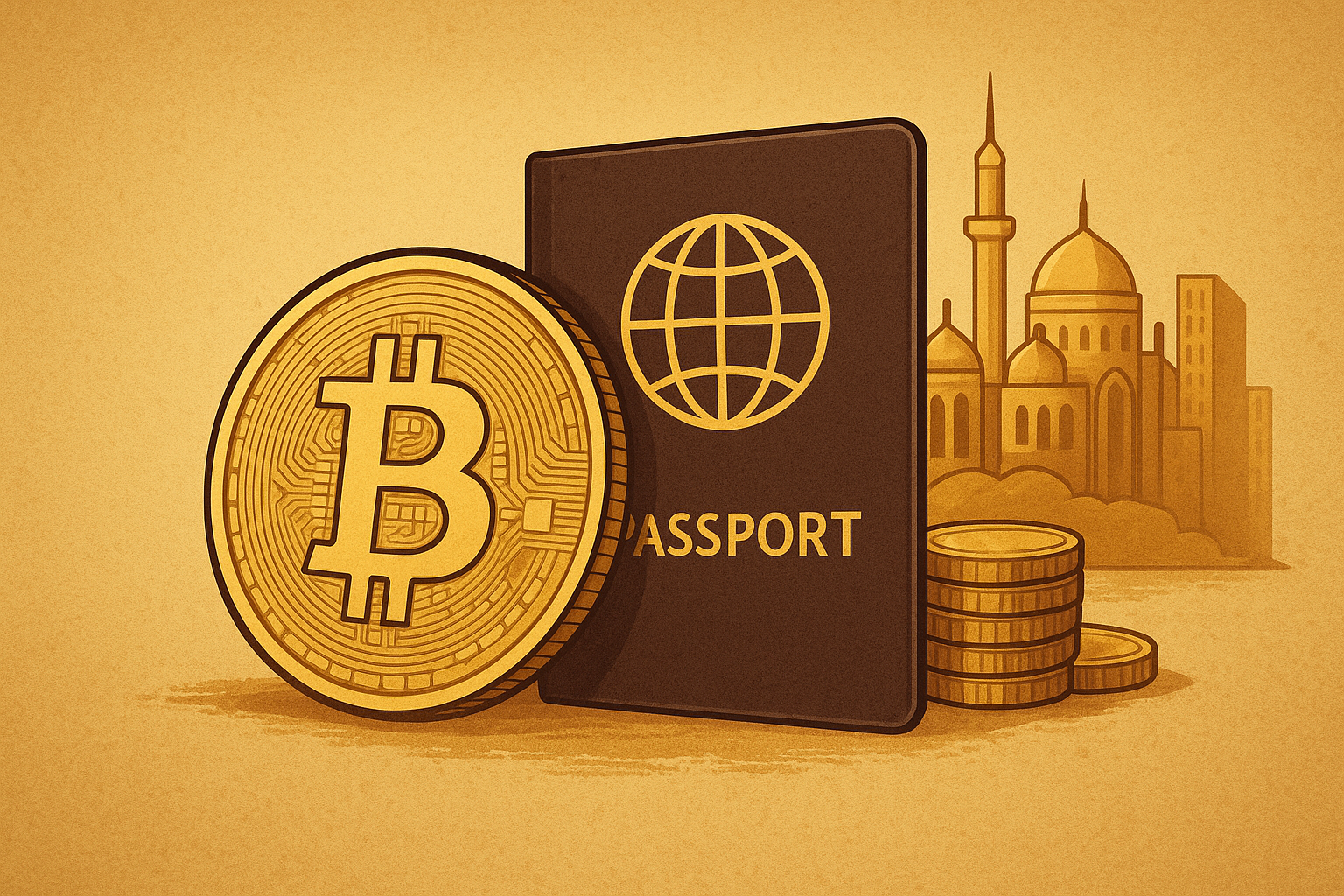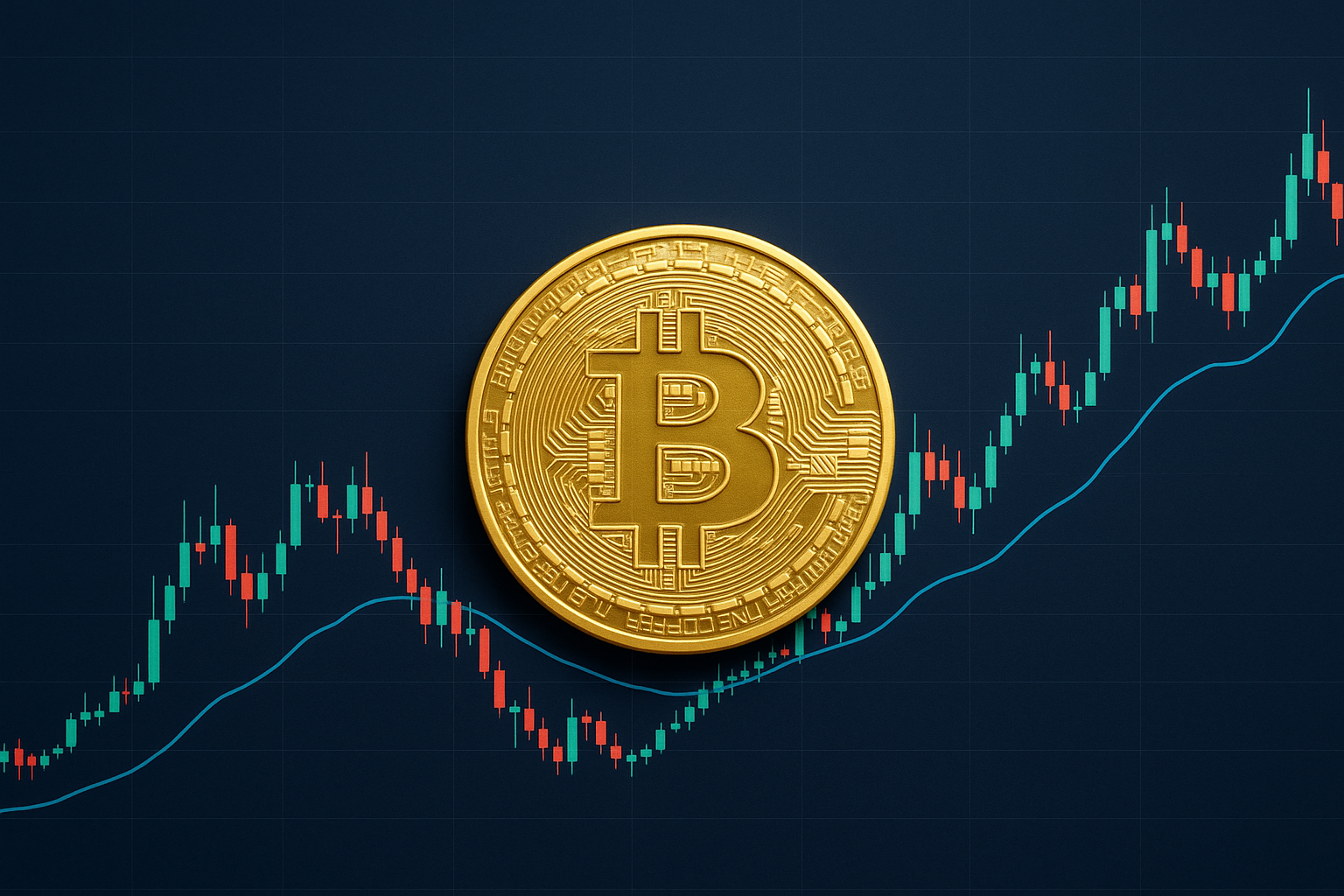Introduction
In a significant development for the blockchain ecosystem, USDC (USD Coin) is set to become the native stablecoin on Sony’s Soneium blockchain. This collaboration marks a new phase for Sony’s ambitions in decentralized finance (DeFi) and digital assets. By integrating a widely recognized stablecoin like USDC, Sony is not only strengthening the utility of its blockchain but also paving the way for broader adoption of decentralized solutions in various industries, including gaming, finance, and digital ownership. This article will delve into the significance of this integration, its potential impacts, and how this could change the decentralized finance landscape.
Understanding USDC And Soneium Blockchain
What is USDC?
USDC, or USD Coin, is a stablecoin pegged to the US dollar, designed to provide users with a secure, stable asset that leverages the power of blockchain technology. Since its inception, USDC has gained a reputation as one of the most reliable stablecoins, boasting a market capitalization that places it among the top digital currencies in circulation. Each USDC is backed 1:1 by US dollar reserves, making it less prone to the volatility that often plagues cryptocurrencies like Bitcoin or Ethereum.
USDC plays a pivotal role in decentralized finance (DeFi) ecosystems, enabling users to transact with a dollar-backed asset without leaving the crypto ecosystem. This makes it a perfect fit for blockchain platforms aiming to integrate decentralized finance at scale.
What is Sony’s Soneium Blockchain?
Sony, a global leader in electronics and entertainment, has been venturing into blockchain technology with its Soneium blockchain, designed to support decentralized applications (dApps) and blockchain-based services. While initially developed for gaming and entertainment purposes, Soneium is a flexible blockchain capable of handling a range of applications beyond just the entertainment sector.
Sony’s blockchain aims to offer an efficient, scalable, and secure platform that bridges the gap between traditional financial systems and the emerging world of decentralized finance. By integrating a stable and trusted asset like USDC, Soneium is positioned to become a key player in the blockchain space.
Why USDC Integration Matters For Soneium Blockchain
The decision to integrate USDC as a native stablecoin on the Soneium blockchain is not just a technological milestone but also a strategic move for Sony. Stablecoins like USDC bring several advantages to blockchain platforms, especially those aimed at broader adoption.
Stable Value for Transactions
The volatility of traditional cryptocurrencies can be a significant barrier to widespread blockchain adoption. By using USDC, which is pegged to the US dollar, Sony ensures that its users and developers can transact in a stable asset. This eliminates concerns about price fluctuations, making Soneium a more attractive platform for businesses and developers who require predictability in financial transactions.
Improved Liquidity and Accessibility
USDC is widely accepted and recognized across various crypto exchanges, wallets, and DeFi platforms. By making USDC the native stablecoin, Soneium can instantly tap into a broad network of liquidity providers, making it easier for users to move assets between platforms. This opens up possibilities for seamless integration with other DeFi platforms and services, enhancing the overall utility of the Soneium blockchain.
Support for Decentralized Finance (DeFi) Applications
With USDC integrated natively, Soneium can support a wide range of DeFi applications, including lending, borrowing, and staking. Users can leverage the blockchain for financial activities without relying on volatile assets. This significantly enhances the use case for Soneium and aligns it with the broader DeFi movement, where stablecoins play an essential role.
Broader Industry Applications
Beyond gaming and entertainment, the integration of USDC paves the way for Soneium to expand into other industries, such as supply chain management, real estate, and tokenized assets. By providing a stable and secure financial layer, businesses can confidently use the blockchain for real-world applications. This could revolutionize how companies approach asset management, cross-border payments, and even digital identity verification.
Sony’s Role In Blockchain Adoption
Sony’s entry into the blockchain space, especially through Soneium, reflects the growing interest among traditional companies in decentralized technologies. As a household name in the technology sector, Sony’s involvement lends credibility and legitimacy to the blockchain industry, encouraging more businesses to explore decentralized solutions.
Furthermore, Sony’s extensive experience in gaming and digital entertainment provides a unique angle for blockchain applications. By integrating USDC, Sony is positioning Soneium as a key player in the blockchain gaming space, where in-game assets, currencies, and rewards can be easily tokenized and transacted on-chain without the risks of currency volatility.
The Future Of Blockchain With Stablecoins
The rise of stablecoins like USDC has been a game-changer for blockchain technology. Their stability, liquidity, and wide acceptance have made them indispensable to the success of DeFi platforms. As more blockchains integrate stablecoins, we could see a new wave of adoption where traditional businesses and consumers find blockchain technology more accessible and practical for everyday use.
For Soneium, this integration sets the stage for more innovations in decentralized applications. From enabling in-game economies to powering large-scale financial services, stablecoins like USDC are the foundation of this next-generation blockchain revolution.
Potential Challenges
While the integration of USDC into the Soneium blockchain is a significant step forward, there are still challenges to consider. Regulatory scrutiny surrounding stablecoins remains a concern, particularly in regions where the legal status of these assets is still under debate. Sony and its partners will need to navigate these regulatory waters carefully to ensure compliance and avoid potential setbacks.
Additionally, competition in the stablecoin space is heating up. While USDC has a solid reputation, other stablecoins such as Tether (USDT) and DAI are also vying for dominance. Sony will need to ensure that its integration with USDC offers unique advantages to stand out in a crowded market.
Conclusion
The integration of USDC as the native stablecoin on Sony’s Soneium blockchain marks a significant milestone in the development of decentralized finance and blockchain technology. By choosing a stable and widely accepted asset like USDC, Sony ensures that Soneium is positioned to become a leading platform in the blockchain space, not just for gaming and entertainment but for a wide range of financial applications.
As the blockchain landscape continues to evolve, the collaboration between Sony and USDC could pave the way for more businesses and industries to explore decentralized technologies, pushing the boundaries of what is possible in a digital, tokenized world.



